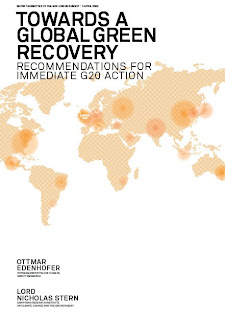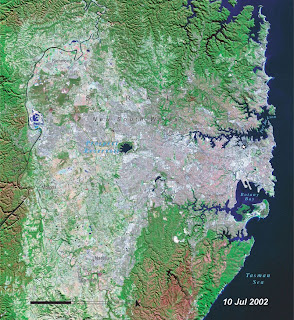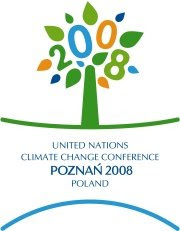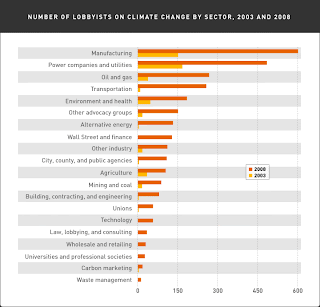Here are the key quotes:
"The MA has involved the work of more than 1360 experts woldwide. Their findings, contained in five technical volumes and six synthesis reports, provide a state of the art scientific appraisal of the condition and trends in the world's ecosystems and the services they provide (such as clean water, food, forest products, flood control, and natural resources) and the options to restore, conserve or enhance the sustainable use of ecosystems.
The bottom line of the MA findings was that human actions are depleting Earth's natural capital, putting such strain on the environment that the ability of the planet's ecosystems to sustain future generations can no longer be taken for granted.
At the same time, the assessment shows that with appropriate actions it is possible to reverse the degradation of many ecosystem services over the next 50 years, but the changes in policy and practice required are substantial and not currently underway."
Hmmm. We need to get changes in policy underway NOW; but climate change, for example, is a very difficult policy issue indeed and will take some time to get up going and then to get it 'right.' But with possible climate tipping points in play, the clock is ticking.
Please check out this report! (Even if it is only the executive summary).
It begins with an introduction to the Millennium Ecosystem Assessment and the conceptual framework used in the assessment. It then goes on to cover humans influence on ecosystems; the relationship between changes in human well-being and changes in ecosystems; improving capabilities of predicting consequences of changes in drivers; mechanisms for the sustainable use of ecosystems; monitoring and data; improving mechanisms whereby knowledge can most effectively contribute to decision-making; and lastly, a new research agenda.
"It is important that mechanisms are developed to ensure that the science agenda can be developed in a participatory manner involving relevant stakeholders as well as ensuring that platforms for dialogue exist to ensure that scientific knowledge can inform decision - and policy making.
The report proposes the development of a new 10 year research program - Humans, ecosystems and Well-being (HEW) - with a mission to foster coordinated research to understand the dynamic relationship between humans and ecosystems.
There will be a regional focus with a few research sites, where multidisciplinary teams of scientists will undertake research guided by a common protocol within the context of the MA conceptual framework.
At the global scale, the focus will be on global drivers of change in ecosystem services and the implications of such change on multiple scales bridging the global and the local/regional scales."
This is music to my ears!!
Firstly - the "participatory" nature suggested for science development and policy is exactly what I think is needed (e.g. for issues such as nanotechnology and climate change policy).
Secondly, the HEW project sounds fantastic! I mean, anything with "a mission to foster coordinated research to understand the dynamic relationship between humans and ecosystems" - one of my favourite areas of interest - has got to be worth finding out more about. Doesn't that sound good, environmental sociologists, I mean you.
Thirdly, I just love the last bit - "the focus will be on global drivers of change in ecosystem services and the implications of such change on multiple scales bridging the global and the local/regional scales". Big picture stuff and also bring it down to the local level. Has it all. Love it.
I will be definatley be reading more of this report tonight. Especially the new research agenda section (part 8) which hopefully suggests LOTS of social science input and improved public participation in both the direction of science and policy.
Anyway, I suggest you check it out if you are interested in this sort of stuff.
Full Report here
** If you enjoyed this post please also check out:
.
Some interesting podcasts on climate change
.
Communicating Climate Change
.
Splitting: 'jobs' versus 'the environment'
.
COMMENTS ALWAYS WELCOME !!
.
So please, tell us what you think.























